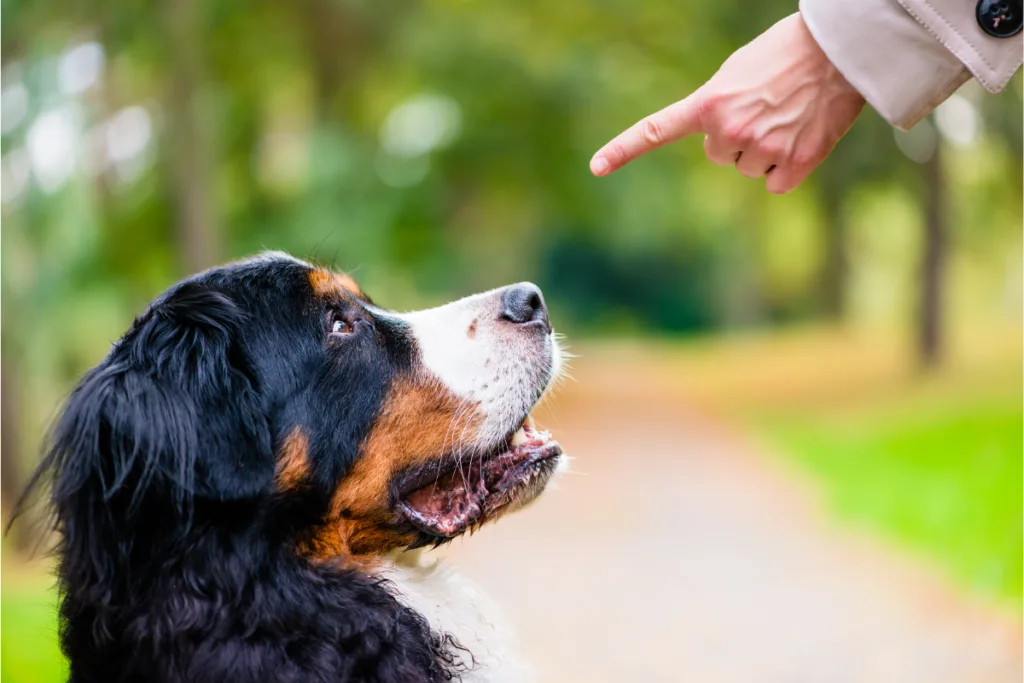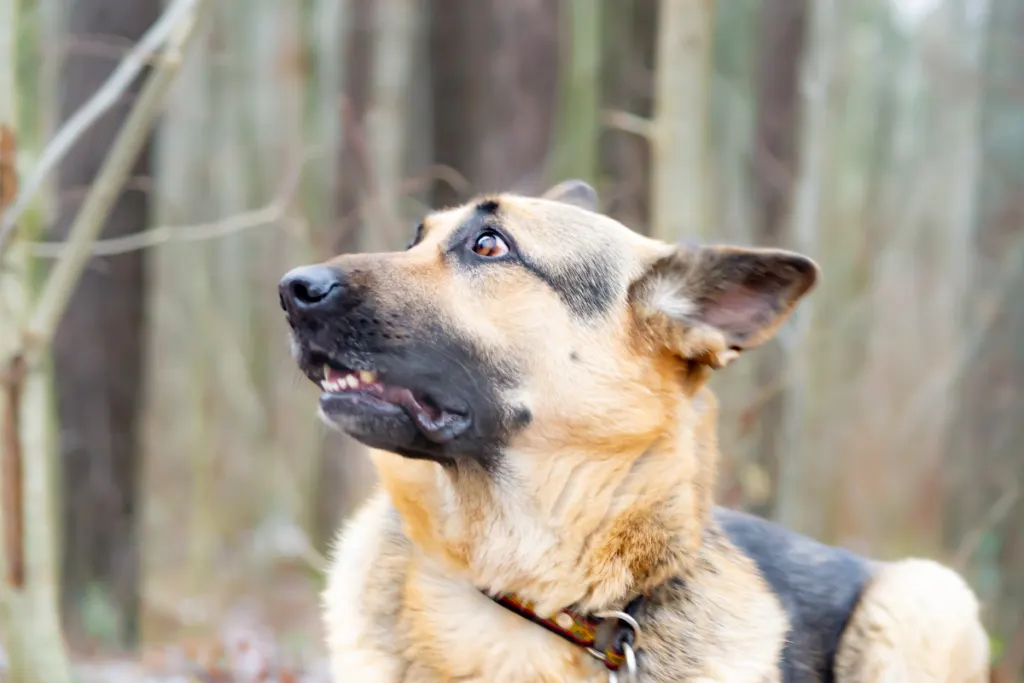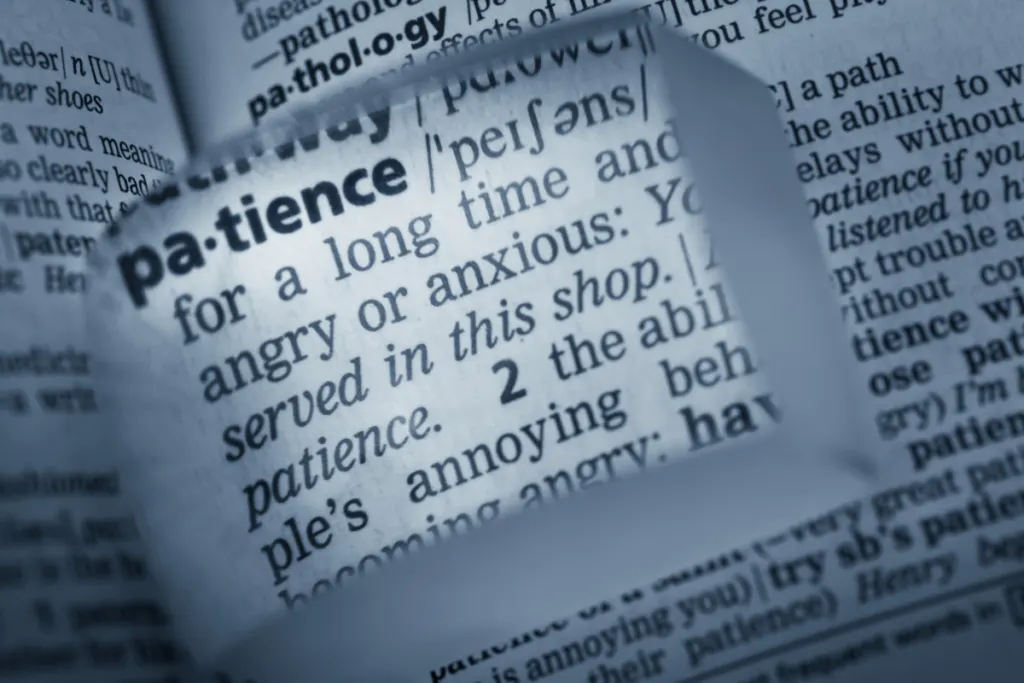Desensitization and counterconditioning are two highly effective training methods that can help your dog overcome reactivity and negative emotions towards specific triggers, whether they are people, animals, objects, or sounds.
When your dog exhibits fear or anxiety, it becomes crucial to develop a well-thought-out and consistent plan based on proven methods to retrain their thought processes and emotional reactions.

Desensitization, a commonly recommended technique, is a behavioral modification process that gradually exposes your dog to their fears in a controlled and slow manner.
The exposure starts at a low level and incrementally increases over time, teaching your dog not to react negatively.
By carefully exposing your dog to their triggers, desensitization helps them learn that the things they once feared are actually harmless or inconsequential.
It aims to create a shift in their perception, allowing them to develop a more relaxed and positive association with previously anxiety-inducing stimuli.
Desensitization is often used alongside counterconditioning to maximize its effectiveness.
Counterconditioning is a complementary training technique that works hand in hand with desensitization.
If your dog reacts negatively to a trigger, counterconditioning aims to reverse their response from unwanted to desired or from a negative reaction to a positive one.
For instance, if your dog displays aggressive or fearful behavior towards someone passing by the house, counterconditioning can help them associate the person’s presence with a positive or happy experience.
This is achieved by providing rewards such as treats, attention, verbal praise, special toys, or other forms of positive reinforcement during exposure to the trigger.
By consistently pairing the trigger with positive experiences, counterconditioning helps your dog replace their negative associations with positive ones.
To effectively change your dog’s behavior using desensitization and counterconditioning, it is important to follow a structured approach:
Understand Your Dog’s Triggers

Through careful observation, identify the specific triggers that elicit fear or anxiety in your dog. It could be a sound, smell, person, object, or any other stimulus.
Understanding your dog’s triggers is essential to tailor the training program accordingly.
Practice Positive Reinforcement Around the Trigger
Introduce the trigger in a way that does not elicit a negative response from your dog.
Start by placing the trigger at a distance where your dog can see it without reacting adversely.
Whenever your dog notices the trigger and remains calm, reward them with their favorite toy, verbal praise, petting, or special treats.
Maintain the trigger at this distance for a few days or expose it to your dog for a few hours daily if it cannot be permanently placed.
Gradually, over time, move the trigger closer to your dog while continuing to reward them for calm behavior.
If your dog shows signs of distress as the trigger gets closer, you can move it back slightly to ensure a comfortable pace of progress.
Avoid Scolding Your Dog
It is crucial not to scold your dog if they react negatively to the trigger. Instead, focus on rewarding and reinforcing positive behaviors.
By associating the trigger with positive outcomes, your dog will gradually learn to disassociate fear or anxiety from the trigger and develop a more positive response.
Start With the Small Things and Progress
The principles of desensitization and counterconditioning can be applied to various triggers, including smells, sounds, or people.
Begin with a faint smell or quiet sound, gradually working your way up to stronger stimuli if necessary.
If the trigger is a person, start with the individual being at a distance and gradually increase proximity over time, just as you would with an object.
Remain Patient

It is essential to understand that the training sessions should align with your dog’s individual timeline and progress.
Rushing the process can be counterproductive and may exacerbate their anxiety.
Take the time to carefully observe your dog’s reactions and adjust the training accordingly.
Remember, patience is key in allowing your dog to gradually become comfortable and associate the trigger with positive experiences.
Final Thoughts
In addition to these techniques, consult with your veterinarian to discuss your training plans and seek any supplement recommendations that can help decrease anxiety and enhance learning progress.
By reducing your dog’s anxiety levels, you can expedite the training process and achieve better outcomes.
Overall, the success of desensitization and counterconditioning relies on your consistency, patience, and attentiveness to your dog’s reactions.
These methods provide a compassionate and effective way to help your dog overcome their fears and anxieties, allowing them to lead happier, more confident lives.
